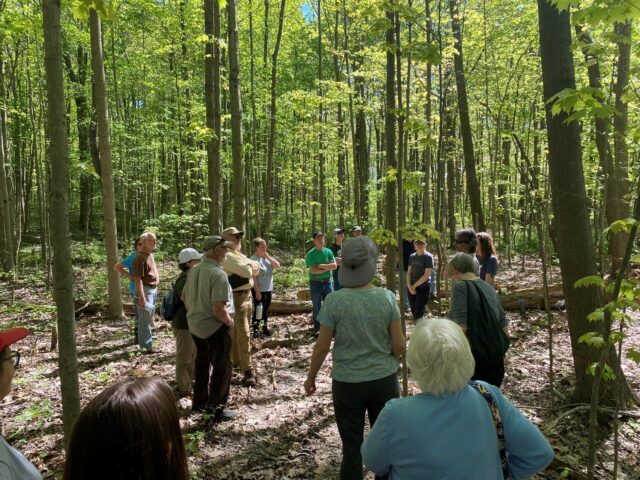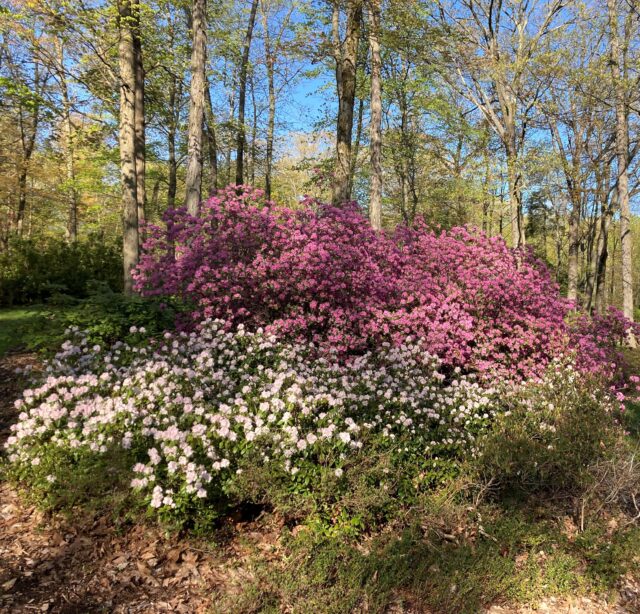
Cold, flu, and now, perhaps, COVID season, are rapidly approaching. Which means it’s also elderberry syrup season. For those not familiar, elderberry syrup is a concoction of elderberry, honey, and spices taken daily to help ward off colds and flu and lessen symptoms. But does elderberry syrup really help prevent and treat these illnesses?
Common black elderberry is a shrub that produces small black berries. Both the berries and flowers of this plant have historically been used to treat fatigue, headache, respiratory and sinus infections, among other ailments. While early laboratory studies and small human trials suggested promise in relieving respiratory symptoms, larger trials of elderberry extract have shown mixed results. Even if elderberry doesn’t turn out to have immune-boosting properties, elderberry is still very nutritious. It is rich in anthocyanins and flavanols, compounds which may protect against cognitive decline and cardiovascular disease.
Elderberry ripens in August and September, but if you’d like to make this recipe for elderberry syrup, you can find dried elderberries online and in brewing supply stores. And don’t despair: There are several wild foods ready to harvest right now, each with standout nutritional benefits.

Autumn olive produces an abundance of red, silver-specked berries in the fall. The berries are high in vitamins A and C, but their claim to fame is their lycopene content. Autumn olive berries contain 10 times more lycopene than tomatoes. Lycopene may help lower the risk of cancer, diabetes, and cardiovascular disease. The shrub is invasive, so help your local natural area out by harvesting the berries (and cutting them where you can). Visit this link to learn more about identifying, harvesting, and using autumn olive berries.

Black walnuts are a widespread tree native to eastern North America. They have many of the same nutrition benefits as common or English walnuts (Juglans regia), but they contain 50% more protein. Whether you harvest them yourself or buy them on store shelves, black walnuts are collected from the wild rather than farmed. English walnuts are farmed in California, and it takes over 2 gallons of water to grow a single nut. Swap out black walnuts in your recipes for a more sustainable choice.

Hickory nuts are related to pecans (Carya illinoinensis), but they can grow in more northern climates. There are five species native to northeast Ohio. Mockernut (C. tomentosa), shellbark (C. laciniosa), and the most abundant shagbark hickory (C. ovata) are distinguished from the less palatable bitternut (C. cordiformis) and pignut (C. glabra) hickories by their peeling bark, large nuts, and thick husks. Their incredible flavor is reminiscent of pecans and maple syrup. They’re packed with B vitamins, manganese, copper, and oelic acid, the healthy fat also found in olive oil. Visit this link to learn more about identifying, harvesting, and using hickory nuts.

Wild grapes include the wild relatives of the Concord and Niagra grapes. There are a number species, and their flavors vary between muted and sweet to intensely flavored and sweet-tart. They can be eaten fresh or used like Concord grapes to make jelly, juice, and wine. Wild grapes contain fiber, anthocyanins, and a compound called resveratrol, which may protect against disease and promote healthier aging. Before searching for wild grapes, make sure to familiarize yourself with their inedible look-alikes.
Want to Learn More?
Interested in learning more about foraging and wild edible plants? Be sure to check out Holden’s upcoming Foraged Foods class. Participants will learn about edible plants of northeast Ohio, how to start foraging, and will get to taste elderberry, autumn olive, black walnut and more. The class will be offered November 20th at 2:00pm.

Alyssa Zearley
Nursery Technician












